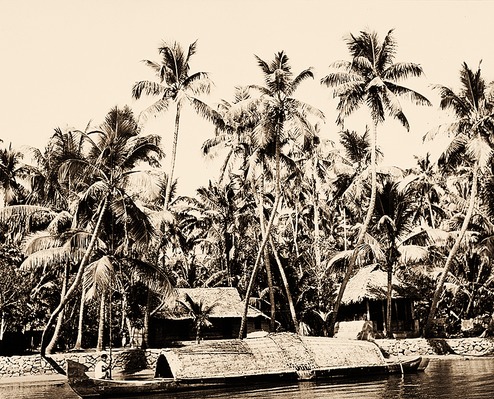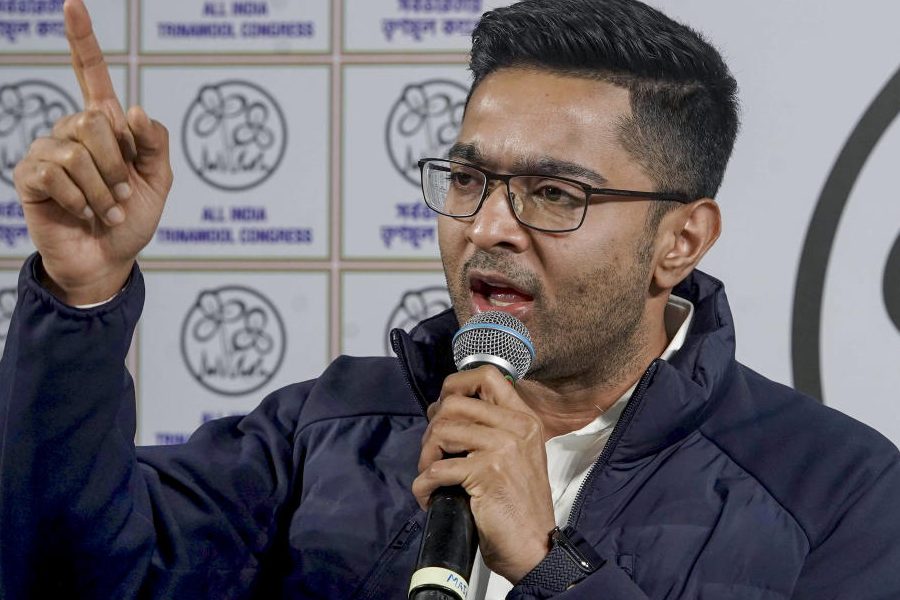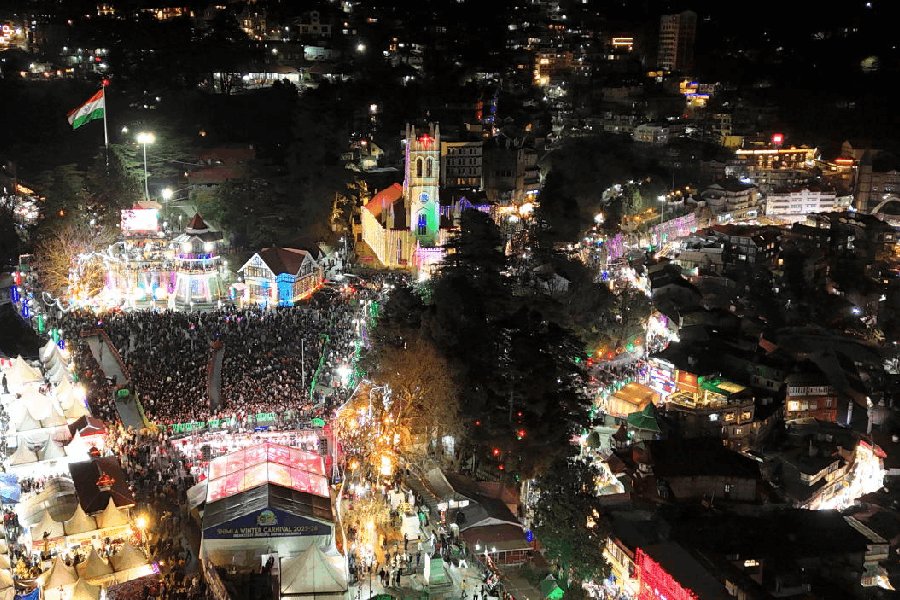
THE VANISHING GENERATIONS By T.V. Varkey, Tranquebar, Rs 799
History masquerades as fiction and story-telling trespasses into the realm of the factual in this compelling and imaginatively wrought narrative by the noted Malayalam writer, T.V. Varkey. The Vanishing Generations (translated from the original Manjupokunna Thalamurakal by A.K. Srikumar) is a gripping historical novel about the changing fortunes of a Syrian Christian clan in the sleepy hamlet of Kudamon in Malabar traced against the backdrop of late 19th and early 20th-century Kerala. The plot commences with the reversal of a seven-generation-old curse that doomed every young man who married a Paalat girl to an early grave as soon as he had fathered a daughter. Kunjilona's fortuitous evasion of the collective jinxed fate of his hapless predecessors is evidence of the better future that destiny has earmarked for him, a fact corroborated by his steady rise to a position of public power and economic prosperity by virtue of his diligence and perseverance.
The central narrative on Kunjilona soon diversifies through time and space to include other deftly sketched characters such as the scholarly priest, Kunchacko, the social philanthropist, John Paul, the Gandhian-turned-leftist, Matthew, the selfless evangelist-turned-cynic, Reverend John Jackson, or the acerbic yet affectionate Father Emmanuel Manchuetil, who are related to Kunjilona by virtue of blood, kinship or professional ties. The trials and tribulations in their lives, while constituting the bulk of the narrative, are both paralleled by and implicated in Kudamon's gradual development from a rural backwater plagued by casteist prejudices, illiteracy and irrational beliefs into a bustling town. Kudamon's tryst with colonial modernity is further mirrored by the larger socio-cultural transformation sweeping through Kerala between 1840 and 1960 that witnessed the abolishment of slavery and feudalism, the coming-of-age of the Syrian Catholic Church and the advent of Anglicanism, the devolution of power from local monarchy to British colonialism, the first stirrings of Gandhian nationalism and the growth of communism.
Novelists are arguably not historians and the effort to determine how far fictional narratives approximate truth is an exercise mired in futility. On the contrary, since the "freedom of creativity should be the pith of the story", the most interesting novelistic moments emerge at those points of aesthetic reconstruction where fiction mediates the curves and drifts of history. Similar crossovers, albeit much more limited in scope, have also energized works on the other side of the generic fence be it Carlo Ginzburg's The Cheese and the Worms, Natalie Zemon Davis's The Return of Martin Guerre or Partha Chatterjee's A Princely Impostor? The Kumar of Bhawal and the Secret History of Indian Nationalism. Thus, the monochromatic historical account of the social reform movements centring on the marginalized Ezhavas and Pulayas and the ideological and material support provided by Christian missionaries is lent 'human' colour, even a quiet poignancy, through an exploration of the overwhelming odds faced by Reverend Jackson (that includes the loss of his wife) as he challenges the combined might of the Brahmin-Nair clique in his public crusade against casteism and untouchability.
Likewise, in a creative breaching of the gaps left by history, the formation of a separate Syro-Malabar Catholic diocese comes alive through the narrative thread concerning Kunchacko, Bishop Marcos, Father Anthony Kalappura and Archbishop Gregory. Yet, Varkey is careful not to undermine narrative coherence or psychological plausibility while attempting such artistic confabulations. The beauty of the work lies in its ability to harness universal human motivations, the complexity of inter-personal relationships and myriad shades of emotions that transcend rigid historical particularity. Eventually, it is a widowed mother's anxious prayer for her son-in-law's well-being, the unquestioning sanctity of the disciple-mentor bond, a father's growing respect and admiration for his son or the desire for power, aggression and ambition that seem to propel larger historical processes.
Nonetheless, the novel's engagement with a crucial phase of colonial history and nation-making necessitates perforce an examination of its handling of familiar images and stereotypical clichés of colonial discourse. Unfortunately, the work seems to sustain the enduring Oriental myth of India as a land of ignorant natives and oppressive customs that can only be redeemed by the light of European science and religion. Characters are arranged in a moral hierarchy that is seemingly determined by their receptivity or hostility to the colonial programme. Thus, Kunjilona's Christian affability and broad-mindedness are in stark contrast to the vile parochialism displayed by Maangavil Krishna Kurup. The women (Joan excepted) who remain relegated to the fringes of the narrative seem to toe the same line - the ladies of Paalat House displaying at least some rudimentary potential to develop into rounded characters that is entirely lacking in the rest of the unnamed mass of females. Still, The Vanishing Generations succeeds brilliantly on its own terms, magnificently summed up through the haunting melancholy of the last chapter that casts a lengthening shadow on the inevitable pathos of human life and endeavour.











